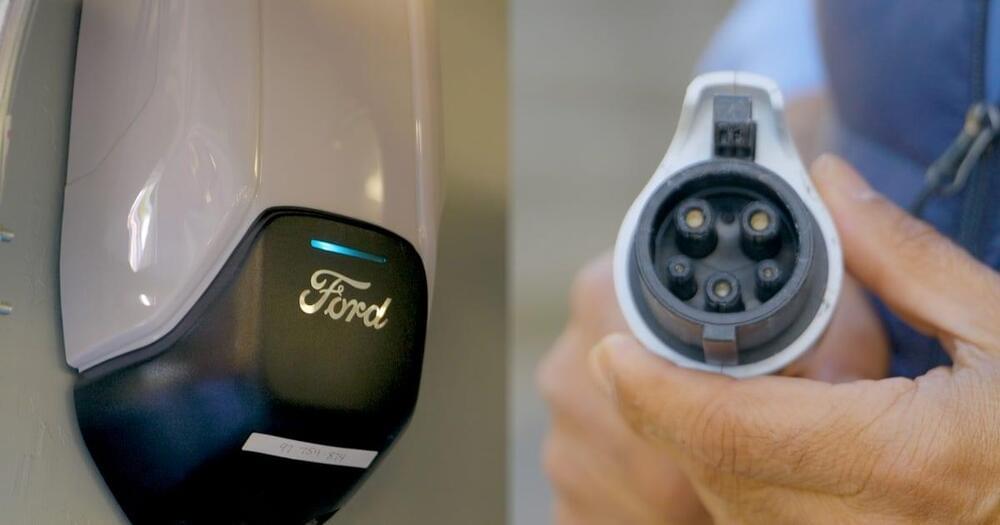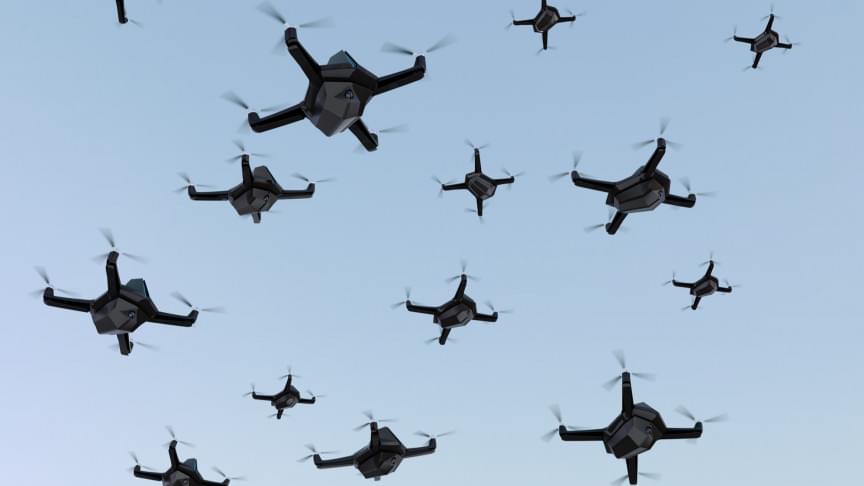New, proposed “space bricks” would mix Martian dirt, urea and bacteria.




Cannabotech (CNTC.TA), which is involved in the development of a botanical drug based on an extract of the Cyathus striatus fungus and a cannabinoid extract from the cannabis plant, reports that in experiments conducted on a cell model, the fungus extract eliminated 100% of pancreatic cancer cells relatively selectively and without damaging normal cells.
What Happened
The fungus has been the subject of research to test its anti-cancer efficacy in prof. Fuad Fares’ laboratory at the University of Haifa for about eight years. It was selected as the preferred candidate for the development of a drug for pancreatic and colon cancer after showing better anti-cancer results than a variety of other fungi tested. A few months ago, Cannabotech received global and exclusive rights of use for patents created in Fares’ research and began leading an accelerated process of developing a botanical drug as defined by the FDA.




